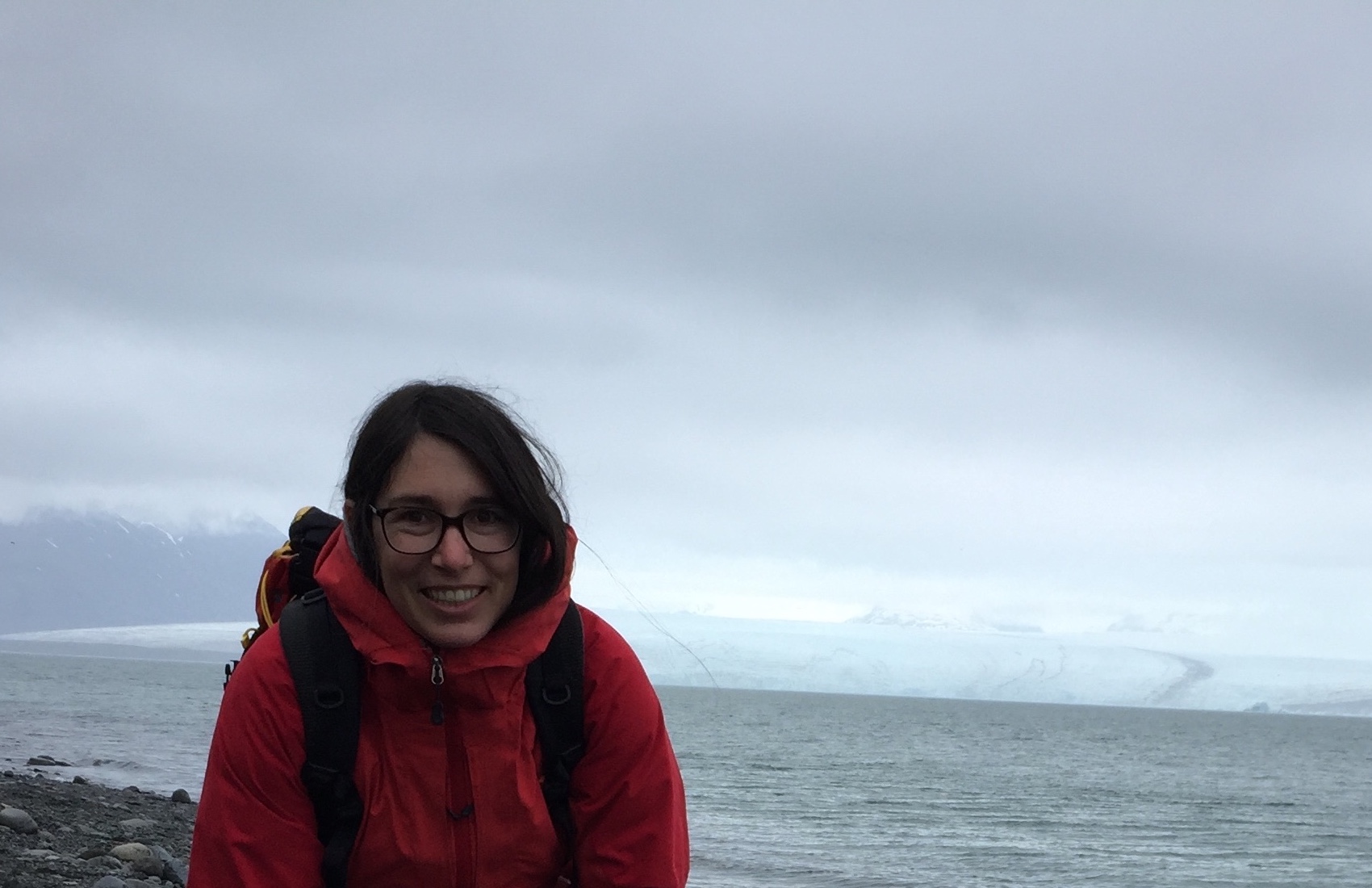.
Contact
cecile.agosta@lsce.ipsl.frLaboratoire des Sciences du Climat et de l'Environnement (LSCE)
GLACCIOS & CLIM research teams.
Office:
LSCE, Orme des Merisiers 91191 Gif-sur-Yvette FRANCE
Building 703 Room 18A
Tel: +33 1 69 08 46 72

Positions
Since Nov. 2021 CEA Scientist at LSCE, Paris-Saclay, France.2019-2021 Marie Skłodowska-Curie Research Fellow at LSCE, Paris-Saclay, France.
2018-2019 Research Fellow at LSCE, Paris-Saclay, France.
2014-2017 Research Fellow of the Belgian Fund for Scientific Research (FNRS). Laboratory of Climatology, U. Liège, Belgium.
2012-2014 Postdoctoral Researcher, EU FP7-COFUND mobility program. Laboratory of Climatology, U. Liège, Belgium.
2008-2012 Doctoral Researcher at the Laboratoire de Glaciologie et Géophysique de l’Environnement (LGGE, now IGE), Grenoble, France.
Research interests
Keywords: ANTARCTICA ⦁ POLAR CLIMATE ⦁ POLAR PROCESSES ⦁ CLIMATE PROJECTIONS ⦁ CLIMATE RECONSTRUCTIONS ⦁ SEA LEVEL
Tools: Regional Climate Model MAR ⦁ Observations ⦁ Water stable isotopes ⦁ Reanalyses outputs ⦁ Global Climate Models outputs
Understanding and modelling the Antarctic surface mass balance and climate
Each year, the snowfall amount accumulating at the top of the Antarctic ice sheet is equivalent to twice the current sea level rise. This water flux, known as the Antarctic surface mass balance, has a direct impact on the sea level budget. Uncertainties on this mass flux are large as (1) it depends primarily on the strong large-scale climate variability; and (2) most of the polar-specific physical processes implied are still to be understood and quantified.
Part of my researches aims at providing better estimates of the Antarctic surface mass balance and better modelling the Antarctic surface climate by addressing those two sources of uncertainties. I am a main contributor to the polar regional climate model MAR which I improved for simulating the whole Antarctic climate. I work in synergy with observations to evaluate models and improve or develop parametrisations of polar processes. I study the large scale atmospheric modes driving the Antarctic surface mass balance and surface climate and their representation in global climate models.
EU Marie Skłodowska-Curie project POLARiso: A new isotope-enabled climate model dedicated to polar studies, to reconstruct Antarctic climate variability and improve sea level rise projections
The rate of Antarctic ice loss is accelerating and reached 20% of the global sea level rise in 2012–2017. This acceleration is attributed to the coupling between atmosphere, ocean, and ice sheet dynamics. Intensive efforts are in place for modelling this complex coupled system, which is the only valid approach to improve sea level rise projections. The greatest uncertainty in simulating the future of the Antarctic ice sheet is due to the lack of direct observational constraints required to evaluate and improve global climate models. The isotopic signals contained in Antarctic ice cores have high potential to record the climate variability of recent centuries as water stable isotopes are tracers of the whole water cycle pathway. However, linking the isotopic signal to climate patterns requires to use isotope-enabled climate models, which are currently limited by their poor skills in simulating polar-specific processes.
The POLARISO project aims to overcome this major limitation by implementing water stable isotopes in the polar-oriented regional climate model MAR, which will be evaluated with new isotope observations in Antarctica. We will use the validated simulations to identify large scale drivers of the isotope variability at the Antarctic surface. This project is based on a synergy between advances in Antarctic climate modelling (my expertise) and advances in continuous measurements of water isotopes in water vapor and precipitation in Antarctica (GLACCIOS team, LSCE). POLARISO final objective is to provide robust transfer functions between climate modes and water isotope variability, which will open doors for new climate reconstructions based on water isotope measurements in Antarctic ice cores.
 https://orcid.org/0000-0003-4091-1653
https://orcid.org/0000-0003-4091-1653